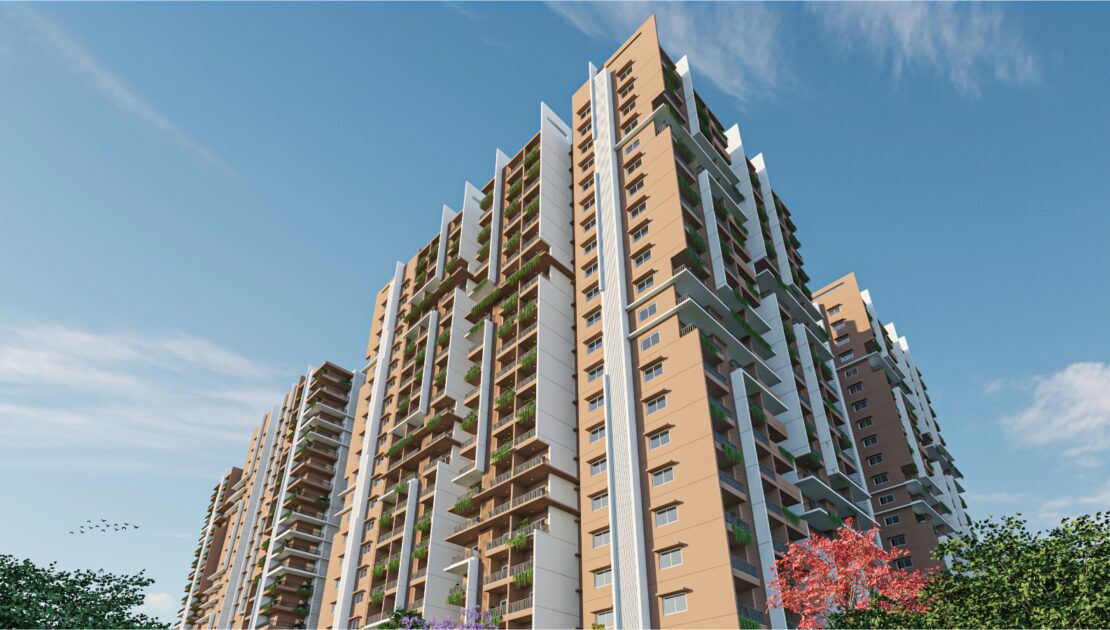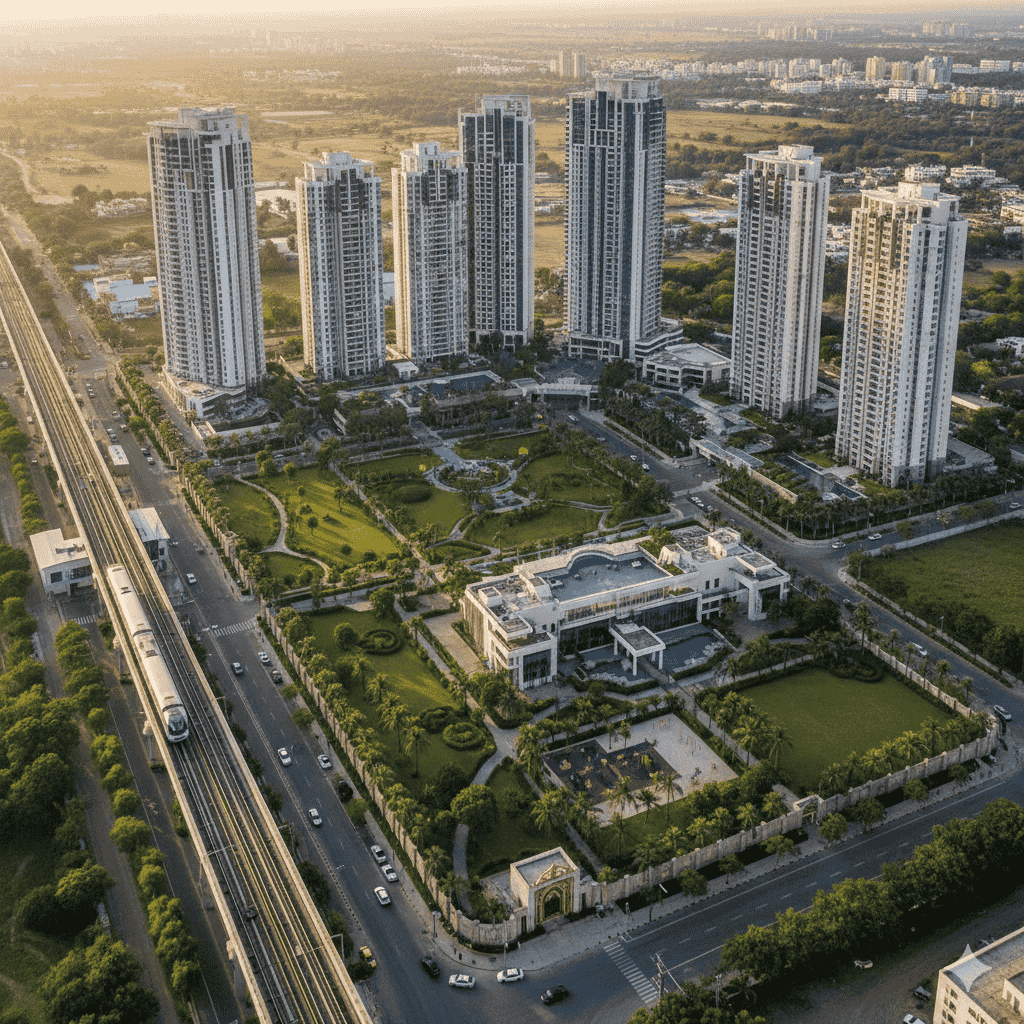Understanding FTL and Buffer Zones in Telangana
A Comprehensive Overview of FTL and Buffer Zones in Telangana:
Understanding land classification and regulations is crucial for landowners, investors, and developers in Telangana. Among the most important aspects to consider are Full Tank Level (FTL) and buffer zones.
- What is Full Tank Level (FTL)?
Full Tank Level (FTL) refers to the maximum water level a tank or reservoir can reach without spilling over. It plays a critical role in managing water bodies in Telangana, ensuring that water resources are effectively utilized while minimizing the risk of flooding. FTL is not just a technical term; it is vital for urban planning, environmental conservation, and real estate development.
- The Role of FTL in Urban Planning
FTL serves as a key reference point in urban planning for establishing buffer zones around water bodies. These zones are important for protecting water bodies, preventing encroachment, and promoting sustainable development. Telangana has strict regulations regarding construction near FTL boundaries to mitigate flooding risks and protect surrounding ecosystems.
- Buffer Zones Around FTL
Buffer zones are areas around water bodies where construction and other development activities are restricted. These zones help protect water bodies from pollution, prevent soil erosion, and maintain ecological balance. In Telangana, the width of buffer zones is determined based on the size and significance of the water body.
- Regulations for Buffer Zones
Telangana has established specific guidelines for buffer zones based on the water body’s size and environmental importance. These regulations ensure that urban development does not encroach upon or harm these essential natural resources.
– Large Water Bodies (e.g., lakes, reservoirs): Minimum buffer zone of 30 meters.
– Medium Water Bodies: Buffer zones between 15 to 20 meters.
– Smaller Water Bodies: At least a 9-meter buffer zone.
- Impact on Real Estate Development
FTL and buffer zone regulations significantly impact real estate development in Telangana. Developers must take these regulations into account when planning projects near water bodies. Non-compliance can result in legal issues, project delays, and potential demolition of structures that violate buffer zone rules.
Enforcing FTL and buffer zone regulations presents challenges due to rapid urbanization and the growing demand for land. Telangana’s government, along with environmental organizations, is working to improve enforcement and raise awareness about the importance of these zones.
Effective conservation of buffer zones requires community involvement. Educational programs and community initiatives can play a significant role in protecting these areas from encroachment and degradation.
- HYDRA’s Role in Hyderabad
HYDRA (Hyderabad Disaster Relief and Asset Protection Agency) is integral to preserving Hyderabad’s natural and man-made assets. The agency manages disaster relief, urban planning, and asset protection, aiming to prevent illegal constructions and protect public land and resources.
- What’s Next for HYDRA?
HYDRA’s future depends on support from Chief Minister Revanth Reddy amid varying political opinions. The agency has made a significant impact by reclaiming land and curbing illegal construction, with residents watching its continued role in shaping the city’s future.
- Vasavi Group’s Commitment
Adhering to these guidelines is crucial for a balanced urban landscape. Vasavi Group, top builders in Hyderabad, ensures all projects are built in areas outside FTL buffer zones. They secure all necessary permissions before starting any project, reflecting their commitment to compliance, safety, and sustainable urban development.


